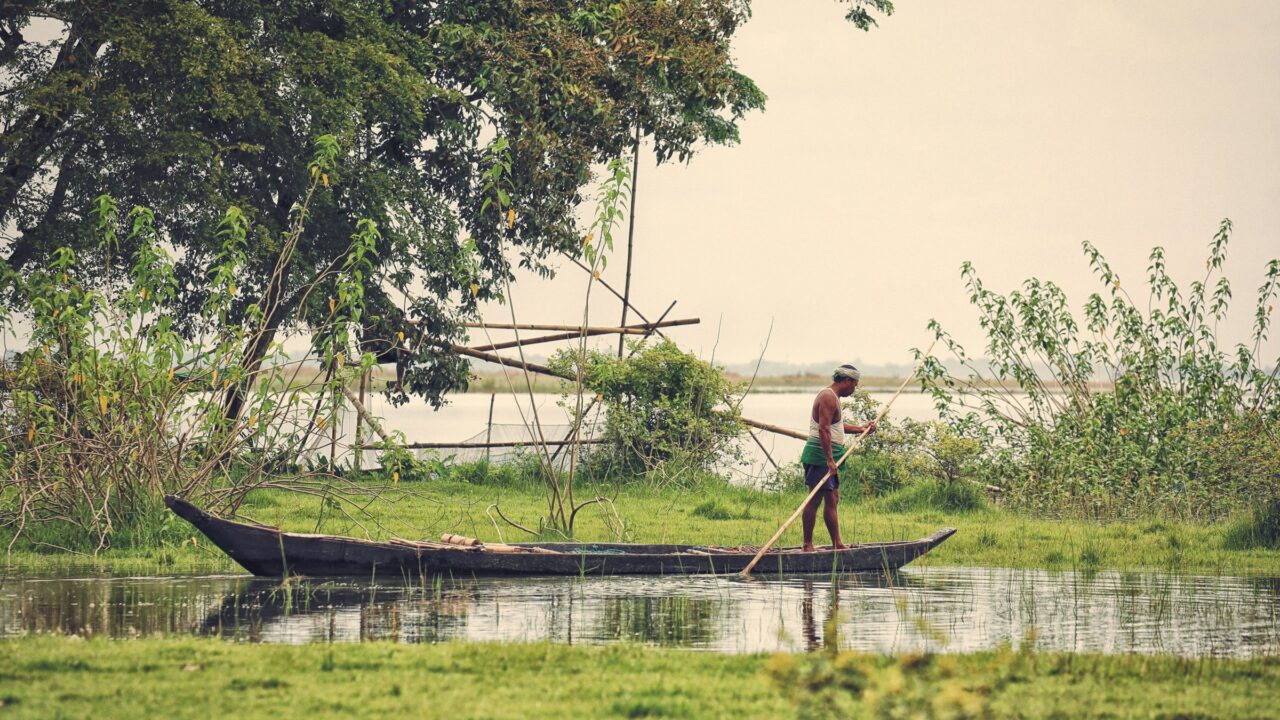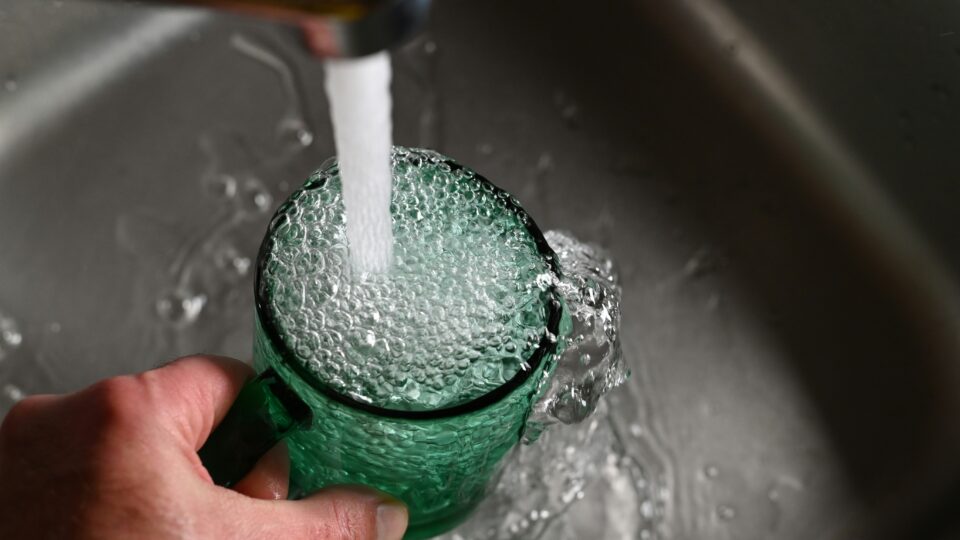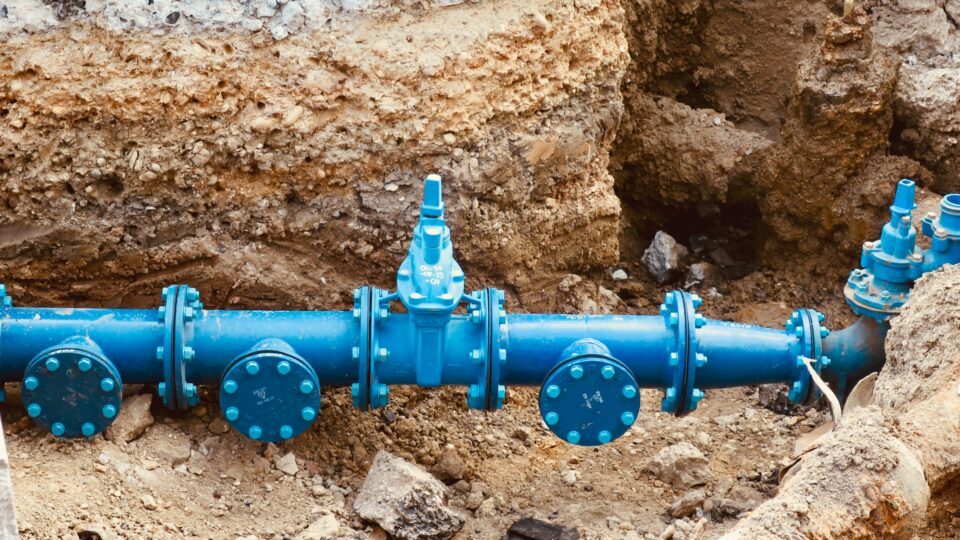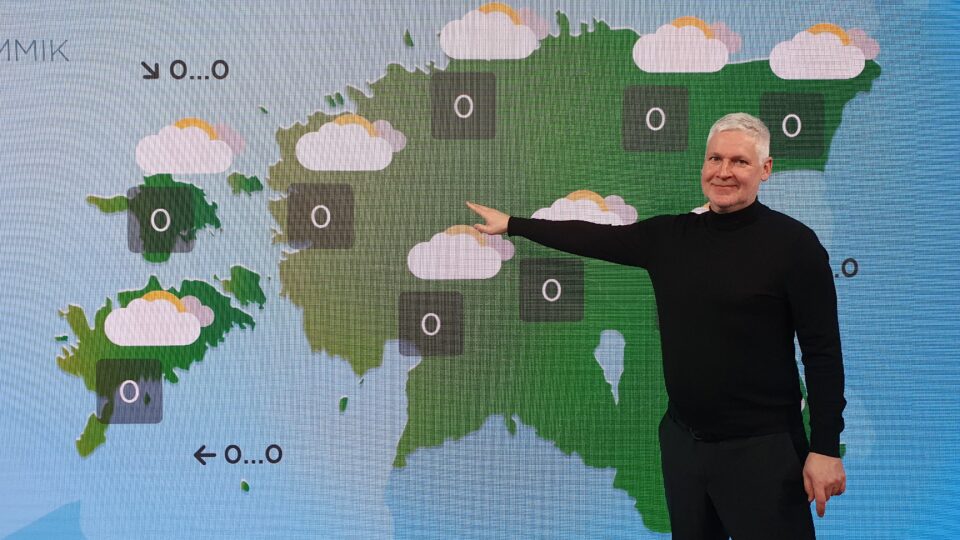Water is life, and when there is less of it, life becomes harder. In more scientific terms, this idea is expressed through the water stress index (SI), which indicates the percentage of renewable water resources. When the SI is below 10%, wastewater reuse is not typically considered.
This has been the case in countries like Estonia and our neighbors Finland, Latvia, and Lithuania, as well as in Austria, Hungary, and Romania. However, due to population growth and unfavorable climate conditions, SI levels are rising, forcing action.
The number of wastewater reusers is growing
Countries like Poland, Greece, Portugal, and Turkey, where the SI is up to 20%, have begun to reuse wastewater to a limited extent. In Cyprus, Malta, Israel, and the Canary Islands, where the SI exceeds 40%, the situation has become quite severe, and wastewater is reused almost entirely.
Looking back in history, we must admit there’s nothing entirely new about this. Wastewater has been reused in various ways for thousands of years. The Sumerians of ancient Mesopotamia (around 4000 BCE) can be considered pioneers of irrigation, skillfully building irrigation canals for agriculture. The ancient Greeks (ca. 1000 BCE – 330 CE) likely adopted and refined these practices, reusing wastewater for crop irrigation—just as the Romans did (ca. 100 BCE – 330 CE).
Today, the idea of reusing wastewater—recycling water from our sewage systems for technological use or even as drinking water—can trigger what’s known as the “yuck” effect. The thought of “toilet to tap” water can feel repulsive and unpleasant.
However, we don’t necessarily have to start with direct reuse, even though there are countries and cities where extreme drought and thirst have forced people to accept it. In Namibia (Southern Africa), wastewater has been reused since 1968, and in U.S. cities like Big Springs and Wichita Falls (Texas) since 2014, with El Paso joining in 2024.
It has now become clear that the primary risk of this method lies in the potential insufficiency of water safety due to the technological processes used in purification.
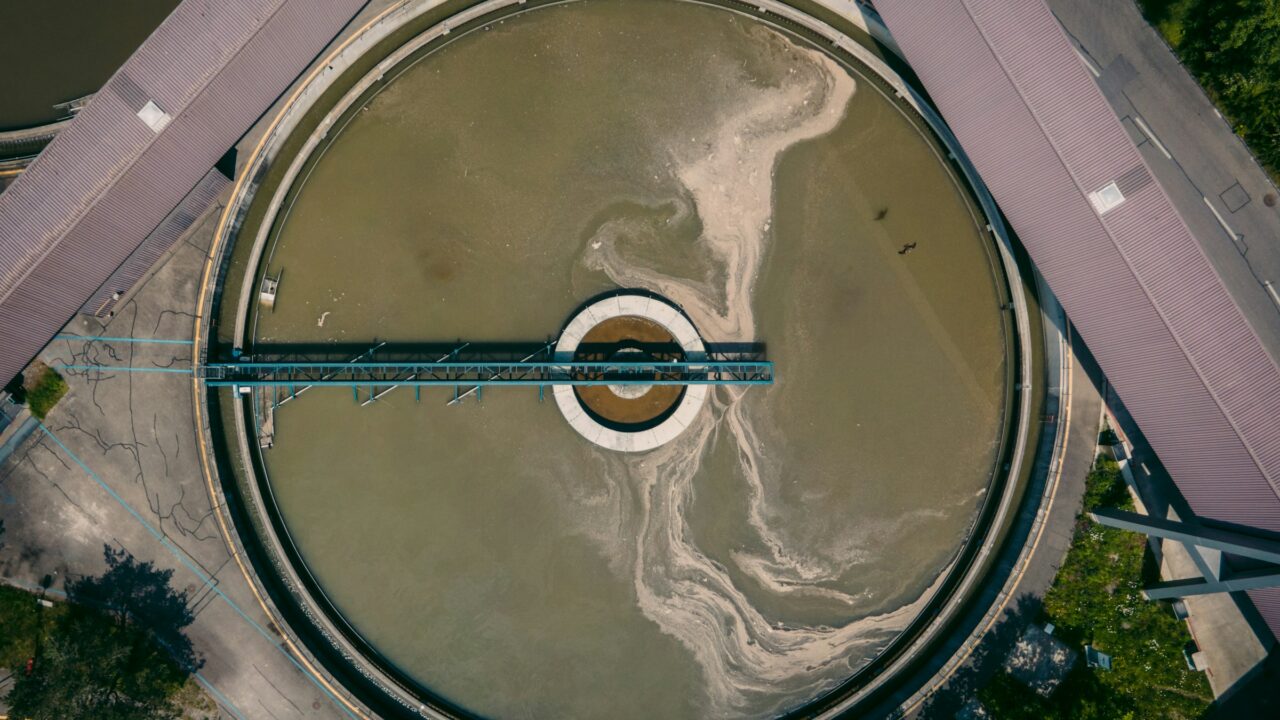
Wastewater treatment system | Photo: Patrick Federi/Unsplash
Don’t worry – wastewater can be reused in other ways too
People tend to be more accepting of indirect wastewater reuse. This means that wastewater, after going through the traditional three-stage treatment process and additional purification, is first directed into an intermediate buffer (such as a surface water body or groundwater reservoir). From there, the water is extracted and goes through the regular drinking water treatment cycle before reaching the tap. This approach has been adopted in the U.S. (in California, Arizona, Colorado, Florida, Virginia), Singapore, Australia, and elsewhere. To date, no harmful health effects have been reported in these countries from indirect wastewater reuse.
On 26 June 2020, the European Parliament and the Council adopted Regulation (EU) 2020/741 on minimum requirements for water reuse, which has been applied in EU member states since 26 June 2023. Member states do retain the right to decide that reuse is not applicable for certain surface water bodies.
New indirect reuse projects in Europe include the village of Wulpen in Belgium, which directs 8,640 m³/day of treated wastewater into the groundwater, and Essex County in England, where 47,730 m³/day of treated wastewater is pumped into a river. In London, about 20–25% of drinking water already comes from treated wastewater recirculated via the River Thames, and there are plans to increase this percentage.
We should begin to view wastewater not as an annoying waste product but as a valuable resource. According to recent studies, wastewater can also be used to produce electricity and hydrogen.
But risks must not be forgotten
While it’s easy to feel optimistic about wastewater reuse as a promising solution to the global water crisis, it’s essential not to overlook the associated risks. The main concern is inadequately treated wastewater, which can lead to the spread of infectious diseases caused by pathogenic microorganisms. This is especially relevant in developing countries, where such water is widely used.
Moreover, even after three stages of treatment, wastewater can still contain various chemical residues (such as pharmaceutical residues, hormones, pesticides, detergents, and persistent organic pollutants), which presents a serious challenge when choosing the right post-treatment scheme. And that’s where the real dilemma lies, as the saying goes.
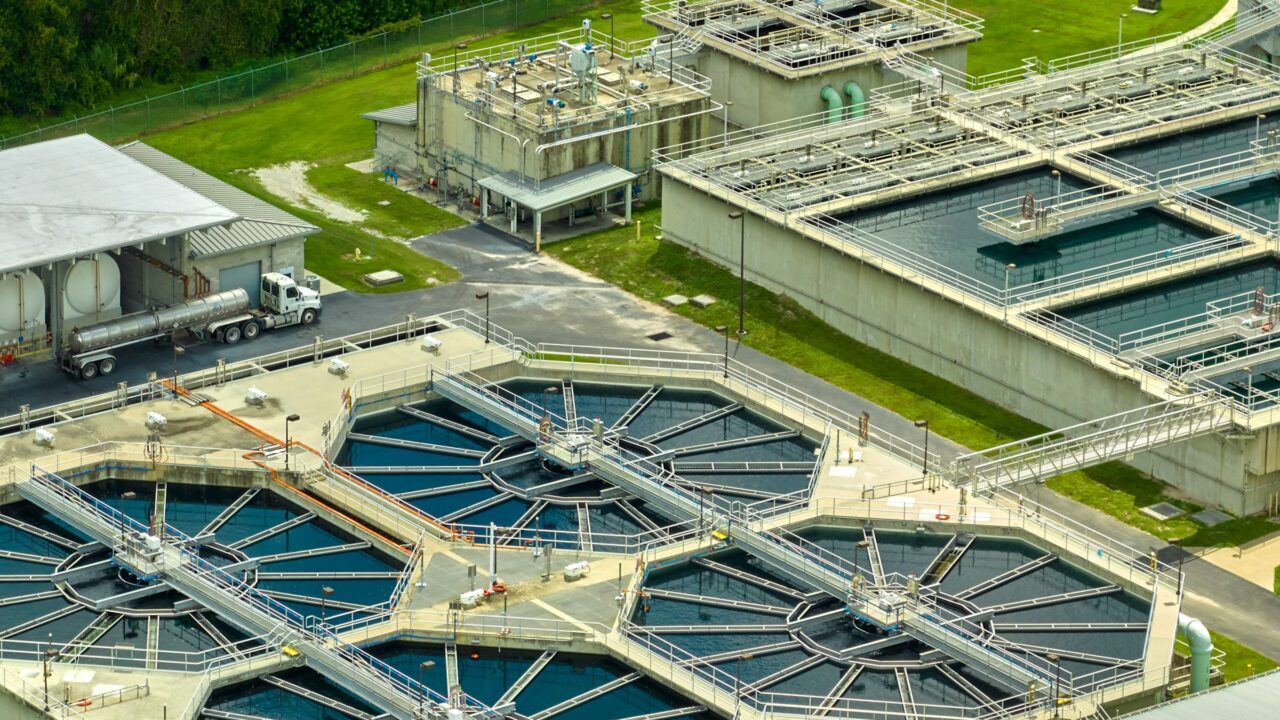
Wastewater treatment systems | Photo: Getty Images/Unsplash
What is our technological capacity in this area? The potential is confirmed by wastewater reuse plants in Namibia and Texas, USA, where multiple ozonation, multi-layer filtration, activated carbon adsorption, advanced oxidation, and membrane processes are used.
The weakest point so far has been proper post-disinfection of treated wastewater, for which both classical chlorination and UV radiation, as well as their combination with chlorine (UV/HClO), have been used. According to a recent 2024 study, the best option is UV/ClO₂, which eliminates any regrowth of microorganisms all the way to the consumer’s tap.
What else should be done to ensure the safety of reused wastewater for both human health and the environment? Until now, guidelines for wastewater recycling and reuse have traditionally and exclusively relied on the determination of bacterial indicators.
At the same time, it has been shown that: (a) bacterial indicators do not reflect viruses, (b) the presence of parasites is not analyzed, (c) the behavior of all pathogens in recycled water distribution systems is unknown, (d) host-pathogen contact is not accounted for, and (e) chemical hazards have not been assessed at all. (Water Supply (2003) 3 (4):301–309. https://doi.org/10.2166/ws.2003.0076)
Four important future requirements
As a result, the future development of laws, rules, and regulations for wastewater recycling and reuse must include: (a) more detailed biological and chemical analysis of recycled water and the environment, (b) the development of tools to assess the environmental impact of recycled water, (c) the creation of tools to reduce host-pathogen contact, and (d) mechanisms for risk assessment and management.

